
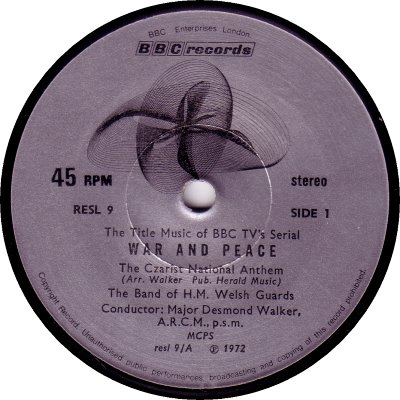
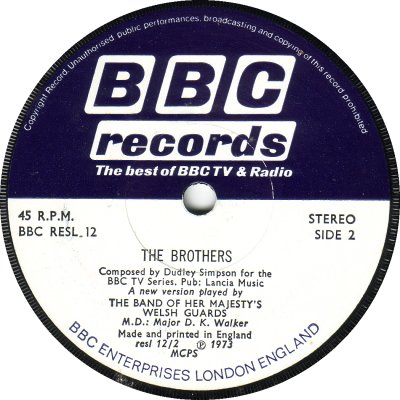
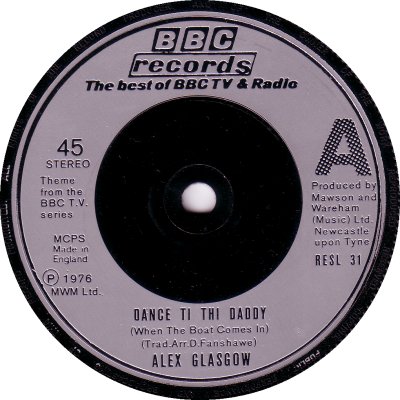

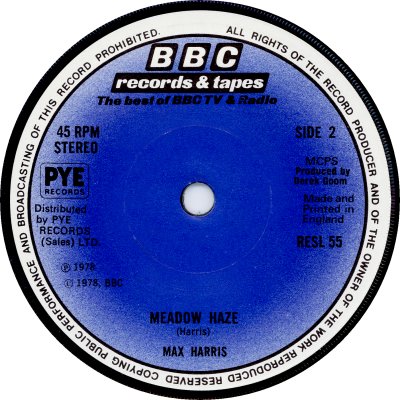
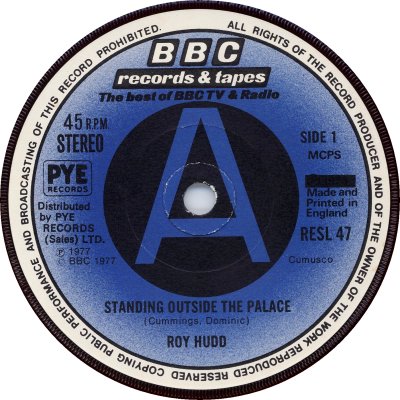
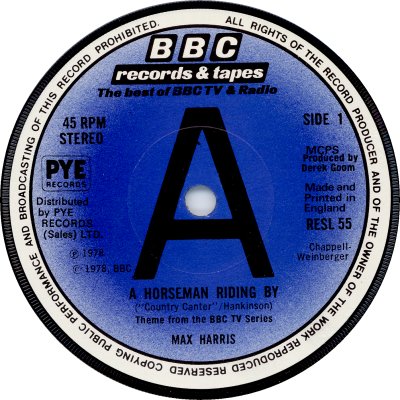

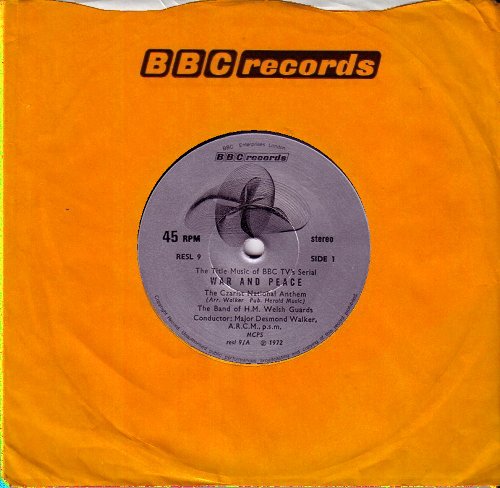
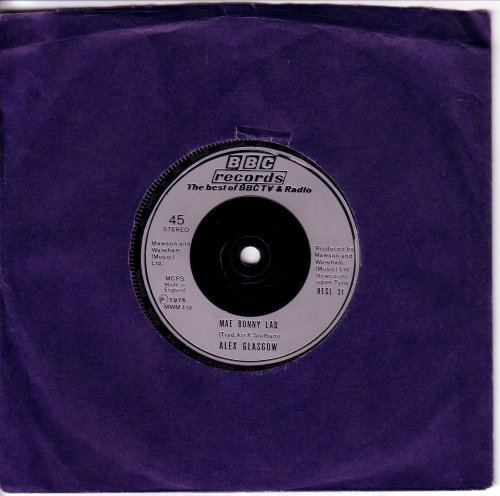
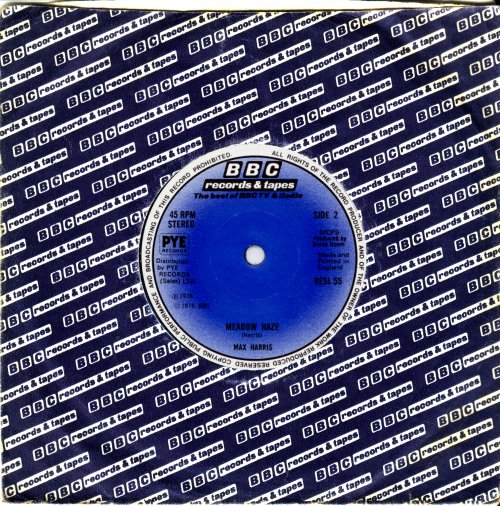
The record arm of the BBC. Unlike its parent organization, BBC Records was self-supporting and was not dependent on public finance. It appears to have started issuing records in the mid 1960s, under the name BBC Radio Enterprises; its output in that decade tended to be somewhat esoteric - spoken word albums, language courses, and the like. In the 1970s, however, the company began to make serious efforts to market some of the music that was used on its programmes. A series of 7" records was launched in 1970, with catalogue numbers in an RESL-0 series. Distribution was by members of the BIRD group: H.R.Taylor, Lugton, Keith Prowse, and Clyde Factors ('Record Retailer' 8th May 1971). At first things were low key, but when Penny Farthing Records scored a Chart success with 'Sleepy Shores', the theme to the BBC TV series 'Owen M.D.', by The Johnny Pearson Orchestra (PEN-778; 11/71) the BBC took notice. 'Music Week' of the 18th of March 1972 reported that the company was to step up its involvement in the 'Themes' market, with the themes to 'Spy Trap' and 'Lord Peter Wimsey' being the first fruits. The efforts proved worthwhile. Thanks to the exposure provided by the various television programmes from which they were taken, several BBC singles registered in the Charts: Highly Likely's 'Whatever Happened To You' (The theme from 'The Likely Lads'; RESL-10, 4/73) was the first to do so, reaching No.35. The label enjoyed a hat trick in late 1977 / early 1978, with three consecutive releases registering: the theme from 'The Water Margin' (RESL-50; 9/77) got to No.37; Yannis Markopoulos's 'Who Pays The Ferryman' (RESL-51; 11/77) nearly cracked the Top Ten, reaching No.11; and the theme from 'Hong Kong Beat' (RESL-52; 3/78) reached the No.25 spot.
The early success of the 'Likely Lads' theme seems to have fired the BBC's ambitions. 'MW' of the 5th of May 1973 said that while the BIRD group were still handling distribution of the company's records at that time, other offers were being looked at. A few months later a two-year distribution deal with Polydor was signed; according to the report in 'MW' (29th September 1973) pressing would continue to be done by the companies which had been doing it up to that point, which appear to have included Orlake and Pye. In the event the deal seems to have extended to manufacture as well as distribution, as singles were pressed by Phonodisc from October. The partnership must have gone satisfactorily enough, for 'MW' of the 14th of June 1975 referred to the BBC and Polydor signing a one-year extension of what was by then a pressing and distribution agreement. In the autumn of 1976 there was a change: 'MW' of the 18th of September broke the news that BBC Records was moving to Pye for distribution and also for sales - presumably it had handled its own marketing until that point. The move also involved the subsidiary label, Beeb (q.v.), which had been launched in September 1974 and was aimed at the Pop market rather than the 'Themes' one. Pye also appears to have handled manufacture, though that was not mentioned in the report. BBC Records stayed with Pye into the 1980s.
Turning to label designs, the first four singles had a silver label with a hollow black 'e' on them and a credit to BBC Radio Enterprises at the top (1), but from RESL-5 the 'e' was dropped and a black swirling design was used instead; in addition the 'Radio' disappeared from the credit (2). The swirling design had previously been used on BBC LPs; according to 'RR' of the 26th of June 1971 a decision had been taken to standardize the logo on BBC records, so after that point it appeared on singles and EPs as well. Then, in the spring of 1973, the silver label was replaced by a blue-and-white-halves one (3), RESL-10 being the first single to feature the new design. The move to Polydor / Phonodisc in late 1973 saw the introduction of injection moulded labels (4), starting with RESL-14. Paper labels returned in the Pye years: initially they were blue-and-white with a black centre (5), but the dark centre disappeared in late 1977, and from then on into the '80s the blue-and-white label (6) continued unchanged. Demo labels were only used in the Pye years: they were marked with a large central 'A', after the in-house Pye style. Singles with the black central area had a blue 'A' (7); when the black area disappeared the 'A' turned black and grew (8). Singles often had picture sleeves; the white sleeve shown (9) is the earliest of the company sleeves, and it was used until at least RESL-8. Next came the the orange one (10) - it is actually a vivid, fluorescent orange, which my scanner doesn't show. During the Polydor / Phonodisc era a plain dark blue sleeve was used (11); the move to Pye saw an eye-catching white-on-blue design (12) which turned yellow-and-pale-blue in the '80s. The discography below only covers the 1970s; quite a few records were pressed by different manufacturers at different times and therefore can be found with different label designs. The BBC used an OP-0 numerical series for some of its material, apparently that which was tied in with educational programmes. Most of it dates from the 1960s and is in LP form, but there were some EPs as well; the few that I've seen listed as being from the 1970s are at the bottom of the discography below.
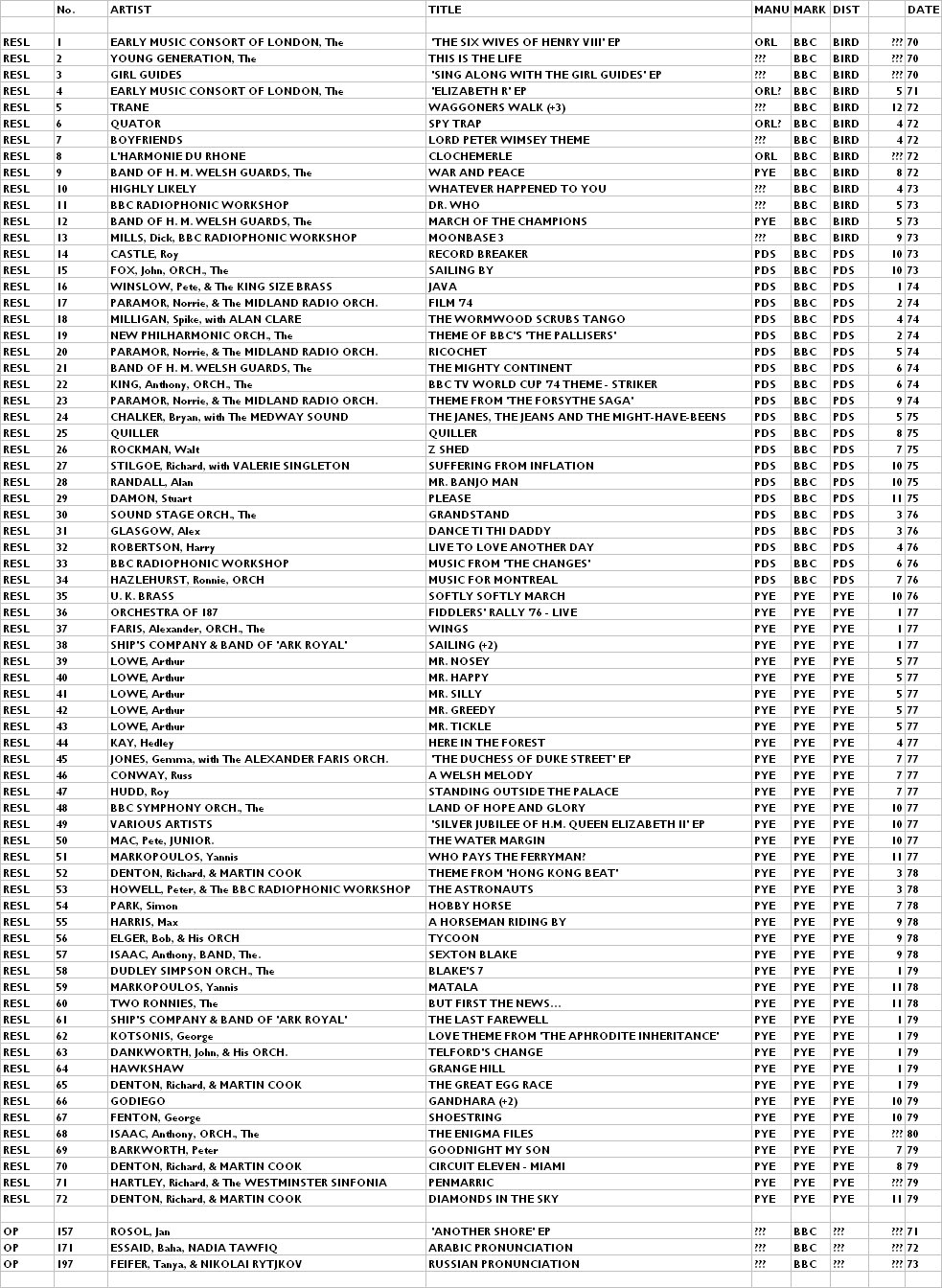


Copyright 2006 Robert Lyons.

